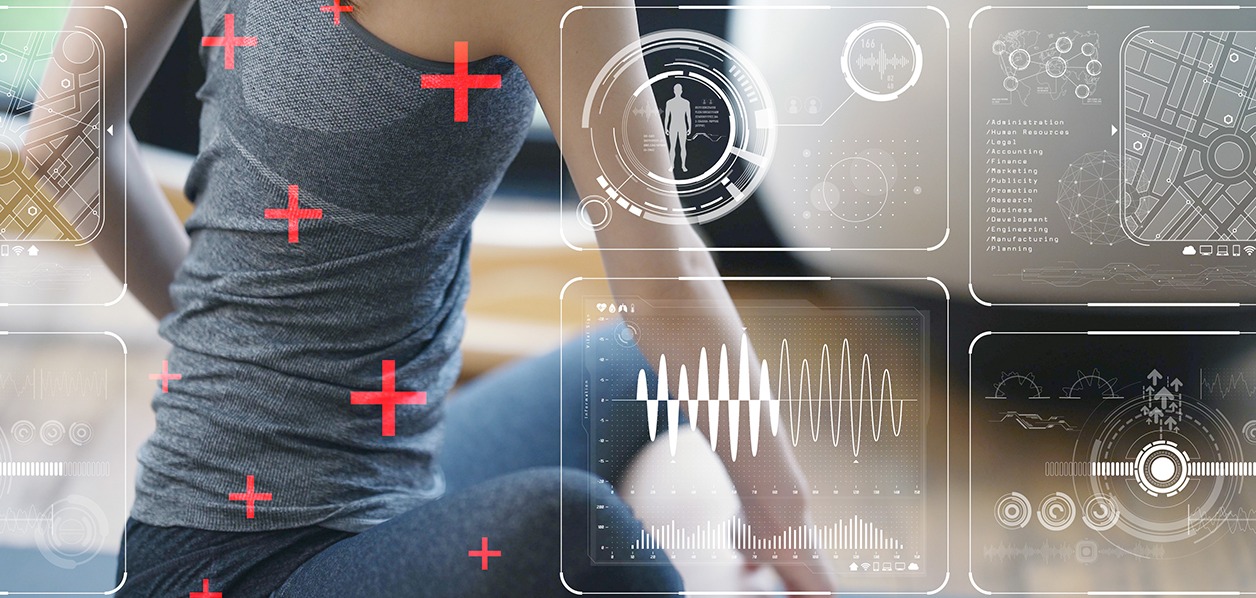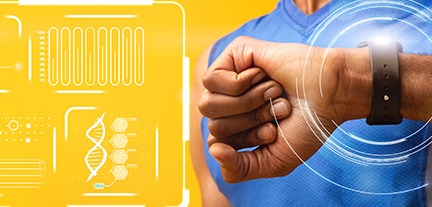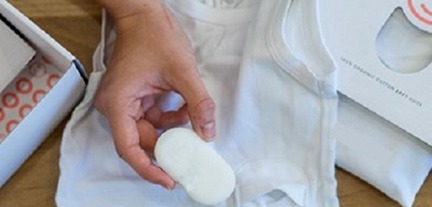Moving towards a consumer-centric healthcare model
As wearable health technology continues to advance, consumers are set to have more control over their health monitoring than ever before.
The past year and a half has caused an unprecedented strain on global supply chains, affecting everything from supermarkets to factory floors. Already under pressure before the pandemic, with an average of just one doctor to roughly 667 patients worldwide in 2017, the healthcare industry has been hit particularly hard. In the next decade, the world is expected to experience a shortage of 15 million healthcare workers, particularly nurses, epidemiologists and environmental health professionals.
But what if we could put healthcare in—and on—the hands of patients in the form of wearables? With new technologies that enable self-management and non-invasive monitoring, health wearables could help reduce waiting times, combat rising costs and ease the strain on healthcare resources overall.
Sensing a change in health monitoring practices
From watches and glasses to sensor-equipped smart sweaters, almost every article of clothing or accessory has the potential to join the wearable health monitoring revolution. Originally blocky and cumbersome, recent technological advances in materials science and nanotechnology have enabled wearable sensors to shrink, become cheaper and consume less power than ever before.
Instead of heading to a doctor to test for medical information and useful health data, consumers can now easily and non-invasively monitor their health statistics from the comfort of their homes or even on-the-go. Key players like healthcare institutions and governments have also embraced wearables to encourage a shift to a consumer-centric and preventative model that empowers people and reduces the pressure on healthcare systems.
Keeping an eye on your body
Apart from giving users more control over their health journeys, wearable devices are also capable of providing personalised recommendations. For example, when it comes to cardiometabolic disease, relatively minor conditions such as insulin resistance can potentially progress to more severe ones like cardiovascular disease or Type 2 diabetes over time. Non-invasive continuous detection through wearables could alert users of irregularities before issues develop into potential medical emergencies.
To pick up on potential symptoms early, an institute of higher learning from Singapore has developed a low-cost and low-power pH-sensor that can be attached to any wearable without hindering other measurements. Our sweat contains a wealth of biomarkers—including sodium, chloride, pH and glucose—many of which can help point to potential diseases. The sensor is capable of picking up these health indicators from sweat at the molecular level and has shown an accuracy rate of over 90 percent. Designed to conform to skin, the technology is flexible, durable and does not require much power.
Active individuals and elite athletes, on the other hand, might benefit from this unique wearable that detects core body temperature measurements to enhance mental and physical performance. Unlike peripheral temperature, an increased core temperature can lead to a strong decrease in mental and physical performance. Typically, an individual’s temperature is measured with skin temperature sensors that can be influenced or even fooled by changes like a warm environment or layers of clothes. By combining a heat flux sensor with a reference skin temperature sensor, this miniaturised integrated circuit, just 2mm by 2mm, can accurately measure core body temperature to monitor sports performance as well as address sleep or other health issues.
But wearables are not just for those seeking to monitor health conditions or to achieve peak performance. In fact, wearable technology has even been extended to babies. Innovators from Australia have developed a cotton onesie equipped with sensors to track a baby’s well-being through their skin activity. Easy to use and comfortable for babies, the onesie was made to be integrated into users’ daily lives as new parents. Parents can monitor their child’s hunger, breathing, temperature, sleep and be reminded of development goals and feeding schedules—all communicated through low-energy Bluetooth technology to their phones. Additionally, the app also offers advice to new parents on managing stress levels and transitioning between babies’ development stages.
With wearable technology expanding to reach everyone from elite athletes to babies and the elderly—sensors offer valuable insight and allow users to better manage their health and that of their loved ones. Such devices are poised to revolutionise healthcare as we know it.
For more on the newest innovations in the healthcare space, stay tuned for the next article in this series on cognitive wellness. To find out more about potential partnerships and tech offers, contact us at [email protected].
Featured Tech Offers







